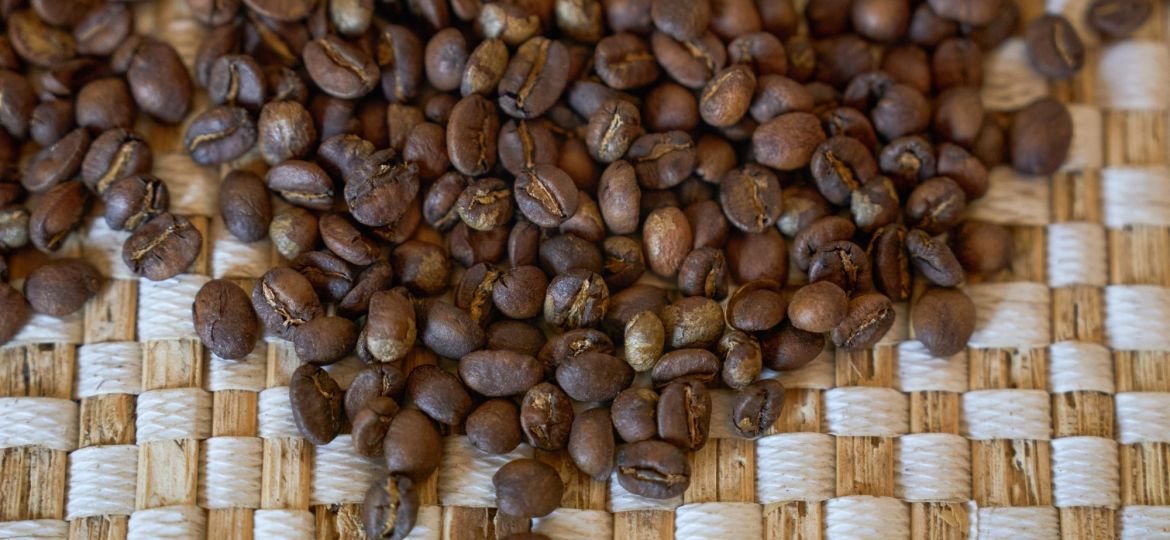
Traveling with coffee beans from Hawaii to the U.S. mainland involves navigating specific guidelines set by both the Transportation Security Administration (TSA) and the United States Department of Agriculture (USDA). These rules ensure the safe and legal transport of coffee, considering its agricultural nature and the potential for pest and disease transmission. Understanding these regulations is essential for travelers looking to bring back a taste of Hawaii without encountering issues at the airport.
Understanding TSA Guidelines for Coffee Beans and Grounds
The TSA permits travelers to bring coffee beans and grounds in both carry-on and checked baggage. However, due to the powdery nature of ground coffee, the TSA may require additional screening to ensure it does not pose a security threat. The agency advises travelers to keep their coffee uncluttered and easily accessible in their carry-on bags to facilitate the screening process.
It’s also worth noting that while coffee is generally allowed, the final decision rests with the TSA officer at the checkpoint, who may enforce additional scrutiny if deemed necessary.
The USDA’s Role in Coffee Bean Transportation
The USDA’s regulations on transporting coffee beans from Hawaii to the U.S. mainland are primarily concerned with preventing the spread of pests and diseases. Hawaii’s unique ecosystem is home to many pests that could potentially harm the mainland’s agriculture. Therefore, the USDA mandates that travelers must present all agricultural items, including coffee beans, for inspection before leaving Hawaii.
While roasted coffee beans are generally allowed into the U.S. mainland without restriction, fresh fruits, vegetables, and certain plants face stringent restrictions to prevent the introduction of invasive species. It’s essential for travelers to be aware of these rules and to prepare for inspection by the USDA to ensure a smooth journey.
Specific Regulations for Coffee Beans
When transporting coffee beans from Hawaii or any other location into the U.S. mainland, travelers are allowed to bring unlimited quantities of roasted or green (unroasted) coffee beans. However, it’s imperative to declare these items at customs upon arrival. The United States Customs and Border Protection (CBP) and the United States Department of Agriculture (USDA) require declarations to prevent the introduction of pests and diseases that could harm the agricultural sector.
Failure to declare agricultural products can result in fines and confiscation of the undeclared items. It’s essential for travelers to familiarize themselves with the declaration process and ensure all agricultural items, including coffee beans, are properly declared to avoid penalties.
Guidelines for Coffee Grounds and Powders
The Transportation Security Administration (TSA) has specific rules for transporting coffee grounds and powders due to their powdery nature, which can obstruct clear images on X-ray machines at airport security checkpoints. Travelers are advised to pack coffee grounds in quantities less than 12 ounces in their carry-on luggage to avoid additional screening.
For amounts greater than 12 ounces, it’s recommended to place them in checked baggage. Organizing coffee grounds in a way that makes them easily accessible for inspection can help streamline the security screening process and prevent delays.
International Travel Considerations
Traveling with coffee beans or grounds on international flights requires awareness of the destination country’s agricultural import regulations. Many countries have strict rules to protect their agriculture from pests and diseases. Therefore, it’s crucial to research the specific requirements of the destination country before traveling. Most countries allow the importation of roasted coffee beans in unlimited amounts, but restrictions may apply to green coffee beans, coffee plants, and fresh coffee cherries due to their potential to carry pests.
Declaring all agricultural items, including coffee, upon arrival is a mandatory practice in many countries to ensure compliance with local regulations and avoid fines. When in doubt, consult official government websites or contact customs officials of the destination country for guidance.
Tips for Packing Coffee for Travel
For air travel, packing coffee beans and grounds requires careful consideration to prevent delays at security checkpoints. Use airtight containers or sealed bags to maintain freshness and minimize spillage. For coffee grounds, especially, adhering to the TSA’s rules for powdery substances is crucial: quantities less than 12 ounces in carry-on bags are recommended to avoid additional screening.
Placing larger quantities in checked luggage can simplify the security process. Labeling these containers clearly can also assist TSA officers during inspection, ensuring a smoother passage through security.
FAQs
- Can I bring Kona coffee back from Hawaii?
Yes, you can bring back unlimited quantities of Kona coffee beans from Hawaii to the U.S. mainland, provided they pass USDA inspection. It’s always advisable to check the most current regulations. - Do I need to declare coffee beans when entering the U.S.?
Yes, all agricultural products, including coffee beans, must be declared upon entering the U.S. This helps prevent the introduction of pests and diseases. - How should I pack coffee beans or grounds in my luggage?
Coffee beans and grounds should be packed in airtight containers or sealed bags. For carry-on luggage, keep quantities under 12 ounces to avoid extra screening. - Are there any restrictions on bringing liquid coffee on a plane?
Liquid coffee must adhere to the TSA’s liquids rule for carry-ons, which limits containers to 3.4 ounces or less and requires them to be placed in a clear, quart-sized bag. Larger amounts should be purchased after security or packed in checked luggage.
Final Thoughts
In conclusion, travelers can indeed bring coffee beans from Hawaii to the U.S. mainland by following TSA and USDA guidelines. It’s essential to declare these agricultural products upon entry to the U.S. and pack them appropriately for air travel to avoid delays and ensure they are not confiscated.
International travelers should also be mindful of destination countries’ import restrictions on agricultural products. Proper preparation and adherence to regulations can make transporting your Hawaiian coffee beans a smooth part of your journey.









